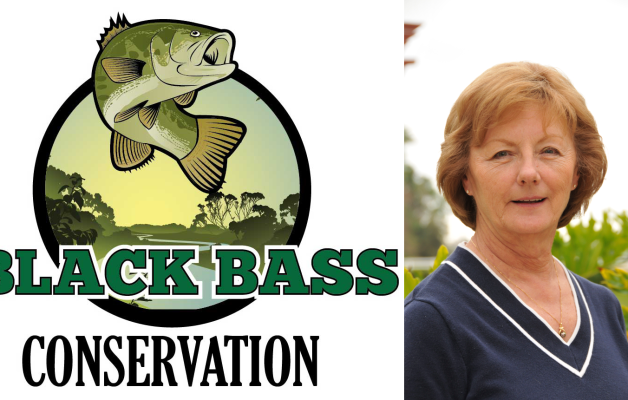
OVERLAND PARK, Kan. — Thus far, the war against Asian carp is being waged mostly via commercial harvest. Additionally, a barrier that could prevent migration now is being tested at Kentucky’s Barkley Dam.
These strategies show promise, especially improvements in harvest techniques, development of infrastructure and growth in global market demand. But such weapons are more about containment and management of established populations than they are elimination of silver and bighead carp from our rivers and impoundments.
On the other hand, chemical and biological options have the potential to eliminate these invaders. But they also carry with them great risks to native fish and ecosystems, which is why none of them yet have been deemed viable, despite years of research.
Maurice Sadowsky, owner of MJSTI Corp., however, thinks that he has just the “poison pill” that will kill filter-feeding Asian carp, while remaining harmless to other species. But he needs funds to finance testing. Thus far, the Great Lakes Fishery Commission (GLFC) has agreed to help.
“We have a small amount of seed money for these kinds of projects,” said Marc Gaden, GLFC’s communication director and legislative liaison.
“We required and he supplied a proposal with objectives,” he added. “We had the proposal peer-reviewed. We also required a partnership with and the support of the U.S. Geological Survey.”
With funding from GLFC and other donors to enable commercial production, Sadowsky wants to test the best delivery system or “solubilizing” agent, as well as the optimum formulation of the piscicide and agent for toxicity to carp. He also wants to assess potential impact on non-target species.
Sadowsky explained that his carp pesticide consists of ingredients registered with the U.S. Environmental Protection Agency and additives approved of the Federal Drug Administration.
“The formulation consists of a primary toxin and a synergistic ingredient coated in a fat,” the inventor said. “The raw materials all have public, well accepted published toxicities. If fish do not eat the formulation, it will degrade to safe levels of chemicals already found in our rivers and lakes.”
“The active ingredient is formed in the fish.”
Thus far, the piscicide has tested effectively on koi, a type of common carp. Asian carp “should have a higher toxicity to the formulation since they are indiscriminant feeders,” Sadowsky said, adding that they have longer and thinner intestines, which will allow for improved mixing of the bio-bullet ingredients.
When he first was told of Sadowsky’s research, Wade White of the War on Carp coalition was eager to learn more. “I’m for any research to find a silver bullet,” he said. “But I also understand how difficult it will be to put this into action.”
Additionally, Michael Hoff of the U.S. Fish and Wildlife Service said a few years ago that “microparticle technology is, based on my interpretation of scientific data, feasible, and may be approved in the next several years to control Asian carp in the U.S.
“Microparticles may provide a safe and effective scientific approach to controlling Asian carp and some other fishes in the U.S.”
In Kentucky, meanwhile, Ron Brooks remains a skeptic.
“I’m not a fan of using chemicals for almost anything,” said the former fisheries chief who now serves as Aquatic Nuisance Species Program Director for the Kentucky Department of Fisheries and Wildlife.

“The main problem would be the amount of chemicals needed in many cases and the fact that other planktivore fish species would be susceptible. Paddlefish, for instance, are a species of conservation concerns and would be very susceptible to the poison pill.”
He emphasized that species such a bass and crappie would not be at risk, but other filter-feeders, such as gizzard shad, could be.
“Add the potential for long-term build-up of undigested chemicals as another unknown,” Brooks added.
“Having said this, there may be small, leading-edge areas where minimal use of the poison pills may be applicable and Asian carp densities are very low. But even that is questionable, depending upon the native species community structure.”
If you’d like to help fund Sadowsky’s research or just learn more about his product, go to Carp Free.





